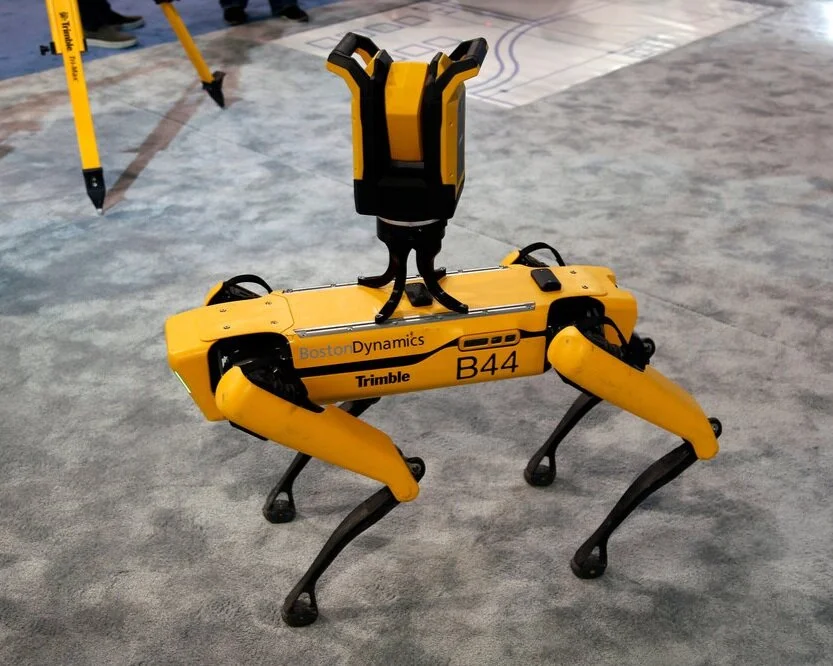Ayanna Nahmias, Editor-in-ChiefLast Modified: 01:12 AM EDT, 5 July 2012
 Abrahamic religious traditions believe that God created matter itself; through the creation of atoms, molecules, heat, and stars and that He ordered this matter into a multidimensional space-time continuum.
Abrahamic religious traditions believe that God created matter itself; through the creation of atoms, molecules, heat, and stars and that He ordered this matter into a multidimensional space-time continuum.
Non-orthodox religious individuals and people in the scientific community ascribe to the Big Bang theory, which posits that the Universe originated approximately 13.75 billion years ago from a hot, dense singularity which has continuously cooled and expanded since the bang.
However, this theory did not explain accretion, the process by which particles clumped together to form stars, planets, or life itself.
The Higgs boson, named in honor of Albert Einstein's Indian collaborator Satyendra Nath Bose, forms a bridge between these two systems of belief. The existence of this particle, which is in the same class of particles as the photon, was first postulated in 1964 by Professor Peter Higgs. Now 83, he developed his hypothesis while at Edinburgh University, and was among six theorists who proposed that an unseen force made up of particles governed the mechanism by which matter in the universe gained mass.
Though the journey began nearly a half century ago, the existence of the Higgs boson subatomic particle was finally confirmed on Wednesday, 4 July 2012, by scientist at the European Center for Nuclear Research (CERN) based in Geneva, Switzerland. CERN's Large Hadron Collider is the world's biggest and most powerful particle accelerator, and was used to create the conditions that enabled the euphemistic ‘God particle’ to be seen.
Two beams of protons are fired in opposite directions around the 27-km (17-mile) looped pipe built under the Swiss-French border before smashing into each other. The collisions, which mimic the moments just after the Big Bang, throw off debris. Two independent studies of data produced by smashing proton particles together produced a convergent near-certainty on the existence of the new particle.” (Source: CERN)
For decades scientists argued about the existence of such a particle, with proponents of the theory hypothesizing that this subatomic particle acts as the glue that holds all the parts of an atom together, and thus gives everything in the universe its size and shape. To scoffers who believed the idea was fallacious, and even if such a particle existed it would be too small to measure or decay so fast that it would be nearly impossible to verify.
Rolf Heuer, CERN director general made the announcement confirming the discovery:
"We have reached a milestone in our understanding of nature. The discovery of the existence of the Higgs boson opens the way to more detailed studies, requiring larger statistics, which will pin down the new particle's properties, and is likely to shed light on other mysteries of our universe. (Source: Reuters)
This news was greeted with awe by Higgs who didn’t think that he would live to see his mathematical theorem proven through the hard work of thousands of men and women who tireless devoted time to the practical experiments required to prove his hypothesis.
Scientist and laymen alike rejoiced at the discovery of the Higgs boson which opens the door to the possibility of understanding other baffling components of the universe, like multiple dimensions, string-theory, and ‘dark matter,’ which makes up 70% of the universe. (Source: NASA)
A new day has dawned for humanity’s understanding of the wonderful universe we inhabit. The Higgs boson discovery highlights the best qualities of our species - ingenuity, cooperation, persistence, and achievement as we continue to push beyond ‘flat world’ thinking.
Follow Nahmias Cipher Report Now on Twitter
Twitter: @nahmias_report
Editor: @ayannanahmias


















